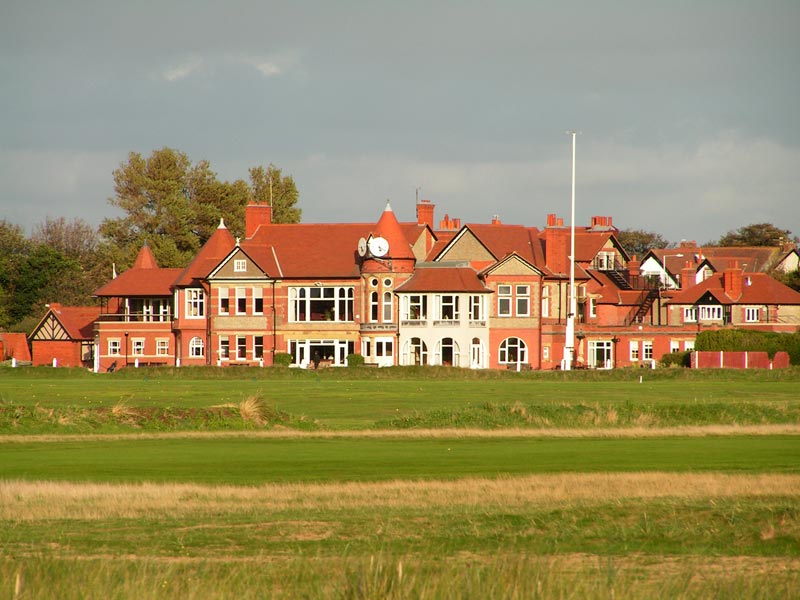I'll take a few guess why:
1) Small staff
2) Small clubhouses that don't cost a fortune to maintain and/or have big F&B operations.
3) Less than "perfect" conditions
4) Far less watering expense...being in the UK after all.
5) Far less of the "them and us" US mentality when it comes to allowing liberal outside play for additional revenue.
6) Many of them being older probably own the land outright and don't have big loans to re-pay.
I would compare the private model in the UK to being a member at the mens club at your local muni. You pay extra for preferred weekend tee times and being able to compete in the club events.
I sorry but I have to call bullsh$t on that reasoning:
1) Small staff
Can't say that I seen less staff at UK Clubs, they still have to cut the grass and rake the bunkers. Most Clubhouses run two bars, one for just members where you usually need a jacket and a lounge for casual drinks and visitors. Plus a big F&B operation. Locker Rooms must stay open till dark so you can change back into your streeet shoes to go home. There's always a Pro and assistants in the Pro Shop too.
2) Small clubhouses that don't cost a fortune to maintain and/or have big F&B operations.
Do you call this a "small clubhouse"?

3) Less than "perfect" conditions
I guess that depnds on your definition of perfect.
4) Far less watering expense...being in the UK after all.
You got me on that one, but hey Fishers Island doesn't have fairway irrigation and we aren't staging KP VII there!
5) Far less of the "them and us" US mentality when it comes to allowing liberal outside play for additional revenue.
I take it you haven't been to a top tier British Club. Although they are very welcoming there is still a caste system in the UK.
6) Many of them being older probably own the land outright and don't have big loans to re-pay.
I doubt the Valley Club is still paying off the land it sits on.